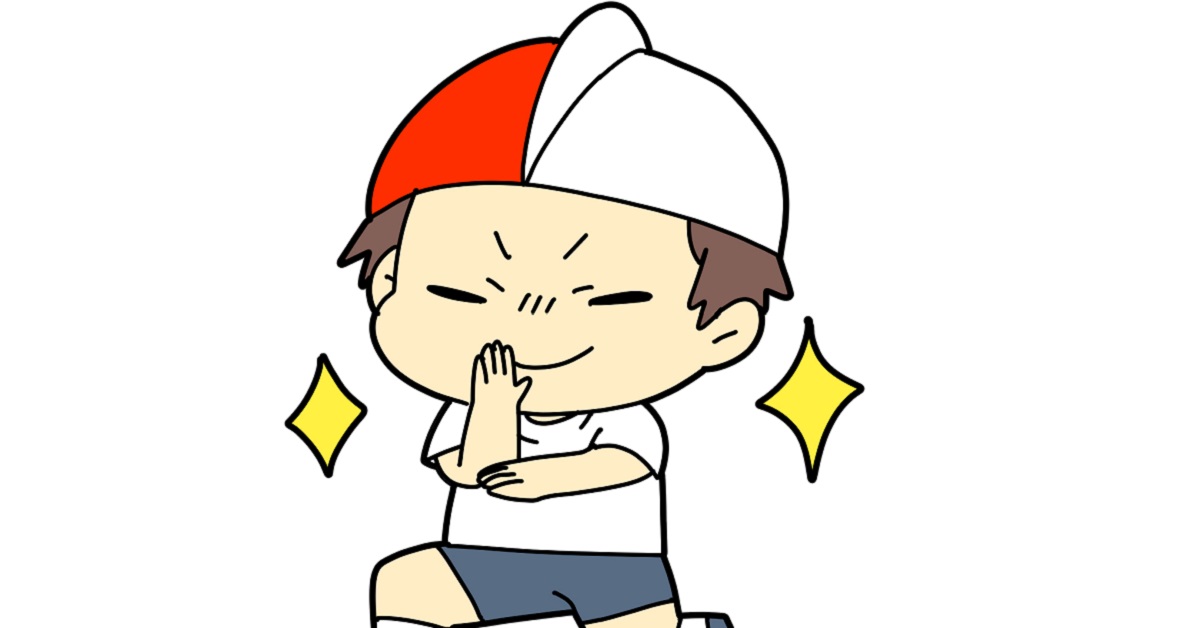Ultraman is a symbol of Japanese pop culture, delivering timeless messages of justice and courage through tokusatsu storytelling. While perceptions vary across generations and regions, he remains a national hero loved by millions. This article explores what Ultraman means to Japanese people and why his reputation endures.
- What is Ultraman
- The Appeal of Ultraman from the Japanese Perspective
- Differences in Evaluation by Generation
- The Social Significance of Ultraman for Japanese People
- Comparison with Overseas Perspectives
- Differences Between Ultraman and Other Hero Franchises
- Areas Influenced by Ultraman
- Ultraman’s Role in Modern Japan
- Conclusion
What is Ultraman
Ultraman is a tokusatsu television series that began airing in 1966 and has since become one of Japan’s most representative hero franchises. The protagonist is a giant hero from outer space who protects Earth from monsters and aliens. In Japan, Ultraman has left a strong impression not only on children but also on adults, becoming a symbol of justice and courage. In recent years, reruns and new series have ensured that younger generations continue to support and admire him.
The Appeal of Ultraman from the Japanese Perspective
For Japanese people, Ultraman is not just entertainment but a character that conveys moral lessons and hope. Several points are especially valued:
- A clear image of a hero: Fighting for justice and protecting the weak is easy to understand and resonate with.
- Family-friendly viewing: Parents and children can watch it together, giving the series cross-generational appeal.
- Adaptation to the times: Each new era brings updated stories and technology, keeping Ultraman relevant.
Differences in Evaluation by Generation
The way Ultraman is appreciated differs by generation. The table below summarizes these differences:
| Generation | Tendency in Evaluation | Main Reason |
|---|---|---|
| Age 60+ | Value nostalgia | They experienced the original broadcast |
| 40s–50s | Family memories | Watched with parents and later with their own children |
| 20s–30s | Reappreciation | Rediscovered through movies and remakes |
| Children | Hero admiration | Exposure through toys and current series |
Thus, despite generational differences in how it is enjoyed, Ultraman has consistently been highly valued across Japanese society.
The Social Significance of Ultraman for Japanese People
Ultraman has had a strong influence on Japanese popular culture. Through battles with monsters, the stories often highlight themes such as the importance of protecting the environment, the relationship between humanity and technology, and the need to face crises together. After natural disasters, Ultraman has been rediscovered as a symbol of resilience and hope. This shows that Ultraman is more than just a hero—he is deeply rooted in Japanese social values.
Comparison with Overseas Perspectives
When foreigners evaluate Ultraman, their perspectives often differ from those of Japanese fans.
| Perspective | Japanese Fans | Overseas Fans |
|---|---|---|
| Main Appeal | Moral messages | The impact of a giant hero |
| How it is enjoyed | Family viewing | Subculture and niche fandom |
| Overall impression | Familiar and approachable | Exotic and unique |
This cultural difference shows why Ultraman is regarded abroad as a uniquely Japanese creation, while in Japan he feels more like a part of everyday life.
Differences Between Ultraman and Other Hero Franchises
Japan also has other long-running hero franchises, such as Kamen Rider and Super Sentai. Comparing them highlights what makes Ultraman unique.
| Category | Ultraman | Kamen Rider | Super Sentai |
|---|---|---|---|
| Main Enemies | Monsters and aliens | Mutants and secret organizations | Monster armies |
| Hero Traits | Battles by growing giant | Motorcycle-riding cyborg | Team-based combat |
| Reputation | Internationally famous | Strong domestic following | Popular with younger children |
From this, it is clear that Ultraman has secured a unique place as Japan’s definitive “giant hero.”
Areas Influenced by Ultraman
Ultraman’s impact extends beyond television and movies to education, merchandising, and even international cultural exchange.
| Field | Example | Evaluation |
|---|---|---|
| Education | Teaches values like justice and friendship | Used in moral education |
| Merchandising | Toys and figures | Steady popularity over decades |
| International Exchange | Exhibitions and events overseas | Showcased as a symbol of Japanese culture |
This demonstrates how Ultraman has contributed to Japan both culturally and economically.
Ultraman’s Role in Modern Japan
Even today, Ultraman remains an admired hero for children. Advances in special effects have made battles more dynamic, while CGI enhances the sense of scale. At the same time, films and series aimed at adults address complex social themes, broadening the audience. Ultraman therefore serves as a cultural bridge connecting the past with the present, ensuring that older and younger generations alike can continue to engage with the character.
Conclusion
For Japanese people, Ultraman is a national hero who embodies both nostalgia and modern relevance. Generations continue to find meaning in him, whether as a reminder of childhood, as family entertainment, or as a symbol of moral values. For foreigners, he represents not only Japanese pop culture but also a window into Japanese society itself. In the future, Ultraman will likely continue to serve as a bridge between Japan and the world, maintaining his status as both a hero and a cultural icon.






